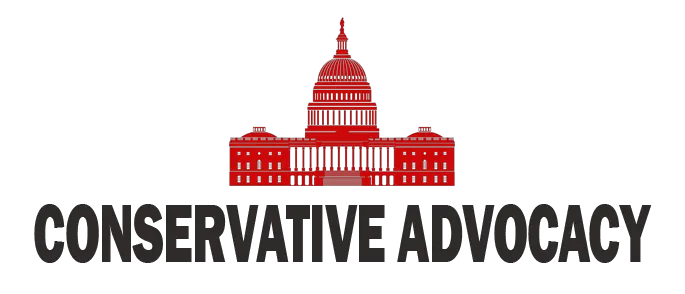The Supreme Court has once again stepped in to curb President Biden’s ambitious student loan forgiveness plan, leaving it in a state of limbo while various legal battles unfold. In a move that could only be described as a classic “not so fast there, buddy” to the Biden administration, the high court upheld a lower court’s nationwide injunction blocking the latest attempt to ease the financial burden on student loan borrowers. Apparently, the justices are taking their time to piecemeal their way through this mess, instructing the appeals court to make haste, but not too much haste.
Just last month, a federal appeals court tossed a wrench into Biden’s plan to wipe out nearly half a trillion dollars in student loans, stating a clear “hold your horses.” The argument is that the new Savings on Valuable Education (SAVE) plan is just another sneaky way for the administration to sidestep its previous failure to forgive student debt, which raises a few eyebrows. With a lineup of red states—including Arkansas, Florida, Georgia, Missouri, North Dakota, Ohio, and Oklahoma—lining up to challenge the plan, it’s clear that some are not buying into the notion that debt forgiveness is a free ride for taxpayers.
Supreme Court leaves Biden's student loan forgiveness plan on hold https://t.co/wWnlTspDth
— The Washington Times (@WashTimes) August 28, 2024
The SAVE rule proposed a variety of changes that could make loan repayment friendlier, like reducing monthly payments from a comfortable 10% to a mere 5% of a borrower’s income, and—for those living below the poverty line—essentially letting them off the hook completely. For those keeping score at home, the federal poverty line currently rests at $32,800.
In a comedy of errors reminiscent of a sitcom where the main character just can’t catch a break, the Biden administration’s spending plan isn’t exactly a hit with the red states. The two sides are now engaged in a spirited debate over the projected cost of the plan: the GOP states say it will run taxpayers about $475 billion over ten years, while the administration insists it’s only a $276 billion adventure. Such disparity begs the question, does anyone really know how to budget anymore?
This isn’t the first time the Supreme Court has had to step in on student debt issues. In 2022, the justices flatly rejected a previous effort to excuse student loans for borrowers making under $125,000 or $250,000 as a couple, ruling that the powers-that-be in the executive branch can’t just wave a magic wand and make loans disappear. The justices clearly think that if anyone is going to be forgiving tens of thousands of dollars in debt, it should at least be a legislative decision, not an executive whim.
And it seems no matter how many times the Biden administration tries to lighten the load for borrowers, there’s always a group of conservative states ready to hit the brakes. As the legal tug-of-war continues, with recent injunctions popping up out of Kansas and Missouri too, one thing remains certain: the saga of student loan forgiveness is far from over, and the only thing clearer than Biden’s insistence on lowering monthly payments is the resolve of red states to ensure that no one’s wallet gets lightened without a fight.




